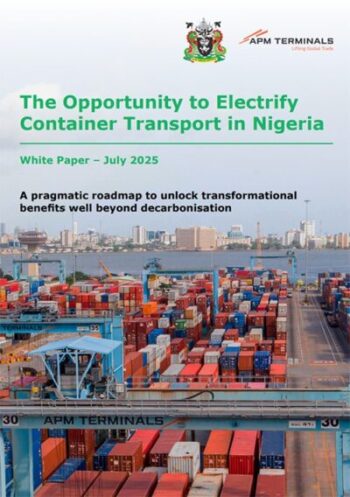Electricity grids are the backbone of modern life and the energy transition. But after decades of underinvestment, they are struggling to keep pace with surging demand and rapid growth in clean power. Failure to invest in grids in a timely manner risks serious economic and climate consequences.
At New York Climate Week, Global Grid Catalyst (GGC) launched with an initial $50 million fund and a goal to mobilise $200 million per year in grants to help fix this. Analysis done by Systemiq for the Pooled Fund for International Energy, hosts of the GGC, sets out what’s at stake and the scale of the opportunity.
Governments have signed the COP29 Global Grids Pledge to expand or upgrade 25 million kilometres of grids by 2030 – a target essential to meeting future demand. To serve that demand, grid networks worldwide will need to grow two to three times in length across all regions.
New analysis by Systemiq, supported by the Pooled Fund for International Energy, shows that delivering on the COP29 Global Grids Pledge to expand or upgrade 25 million kilometres of grids by 2030 could also unlock significant economic growth.
The economic reward is substantial. Electricity grid Gross Value Add (GVA) multiplier estimates range from 0.4 to 2.4, meaning that every dollar invested has the potential to generate significantly wider value in the economy. Applying these multipliers, our study finds that grid investments could deliver an annual GVA impact of $1.1–3.2 trillion globally through to 2050 if all the grid investments required by net zero are made.




